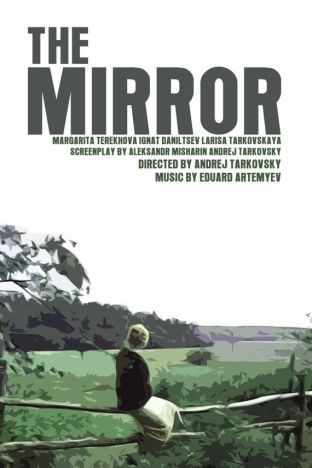Mommy 2014

This film was film was released back in 2014 and was made by Xaiver Dolan. I was very surprised by this film. The director set you up, making you think you knew what was happening and straight away the plot would take yet another twist. You couldn’t look away for 2 seconds because if you did you’d miss something vital.
The uses of flash forwards are known for putting the audience in control. It gives an insight into what you expect to come, putting your mind at rest, whilst creating a enigma of what happens in between, but with this film it doesn’t take the path you are told. Within the film it shows the boy graduate from University. By showing this it portrays the end will be happy, but this is not the case as the film ends up with the mum sending her son to a mental institute. In an interview with the Director he states ‘I don’t know many great mum’s’. This shows within the film, she’s never perfect and as a character you feel many different emotions towards her. When you see she is physically abused by her son who has ADHD, you feel nothing but sympathy for the woman, but as the film goes on and as you see the end it proves the point no body is perfect, everyone has the flaws and faults and that she or her son is no different.
The reason why this film stands out to me is because the connection you have to the film, although it has a level of high drama, you can connect to the moral of the story making it more believable. But the film itself is very cinematic. The structure of the film and the way the film was edited in post production was something I haven’t seen in many films within the last few years. The most baffling of this was the aspect ratio of the film. The traditional aspect ratio for HD video is 1.78/16:9. Whereas Dolan decided to film this in 1:1 something you don’t see many filmmakers do in the current day. By doing this it doesn’t leave much to the imagination because it puts you at the centre of the screen. An example of this would be when Steve is walking down the street with his headphones on, you attention is just on Steve and not on what is happening around him. It gives the film a more personalised and sincere feel to it. Also the use of filters and slow motion shots add to the film. Many films that attempt to do this could really loose the viewer’s attention, especially for a new and current film. But the slow motion shots really put you in the position of Steve and his mother. As I have stated the film is full of drama, most which isn’t happy, so when a happy moment comes along Dolan could recognise in a film like this it would be good if you could cherish moments such as these, and he did this by adding these slow motion shots.
Bibliography
Bradshaw, P. (2015) Mommy review – outrageous and brilliant, a daytime soap from hell. Available at: http://www.theguardian.com/film/2015/mar/19/mommy-xavier-dolan-film-review (Accessed: 3 December 2015).
Citations, Quotes & Annotations
Bradshaw, P. (2015) Mommy review – outrageous and brilliant, a daytime soap from hell. Available at: http://www.theguardian.com/film/2015/mar/19/mommy-xavier-dolan-film-review (Accessed: 3 December 2015).
(Bradshaw, 2015)







